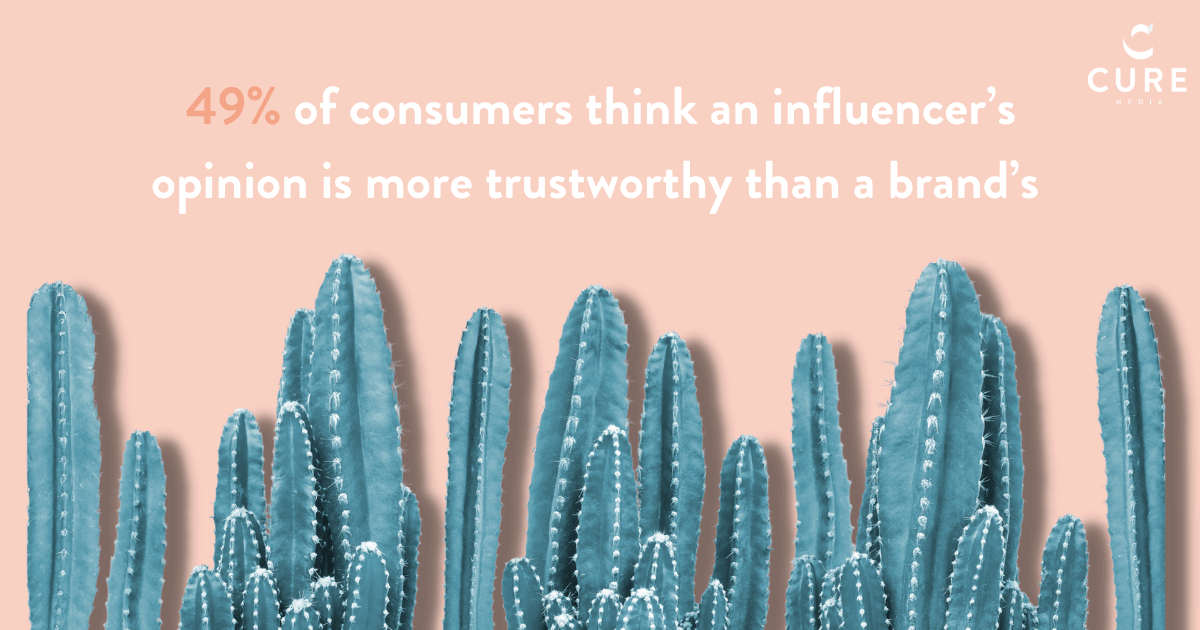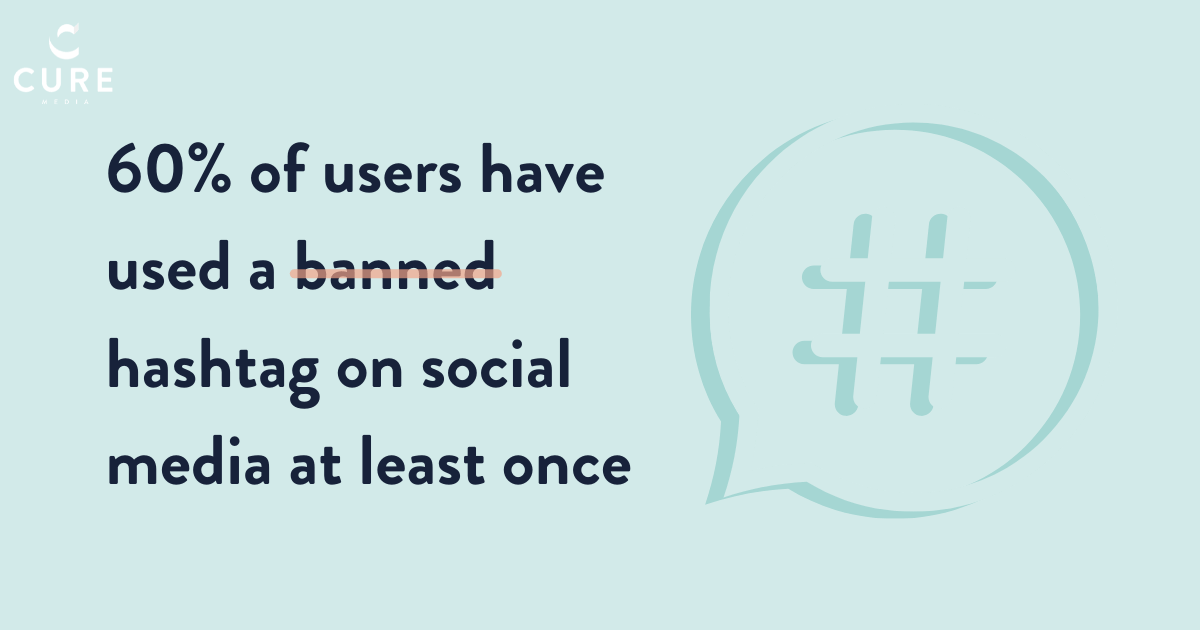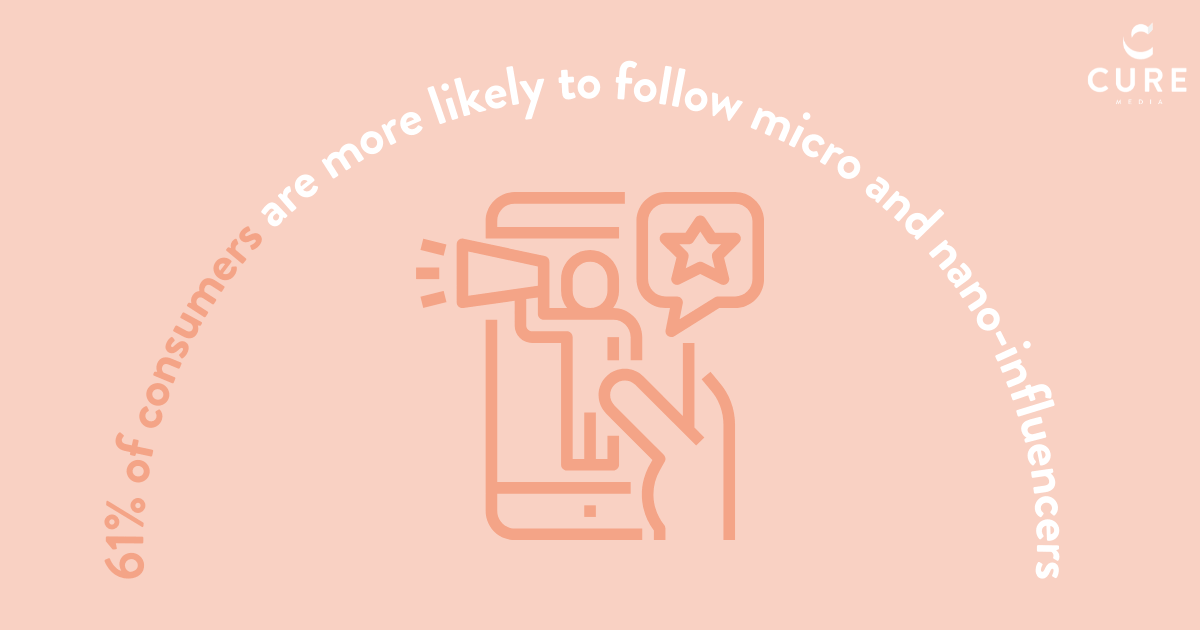Consumers are crying out for authenticity. Jaded by the proliferation of adverts and made cynical by the price tag placed on their personal data, modern consumers have become marketing sceptics, and brands who fail to respond to this will find their futures at risk. After all, in a crowded digital marketplace your competitor is only ever a click away.
Rising to plug this gap, influencer marketing has enjoyed a rapid acceleration in its popularity with both brands and consumers alike.
Contrary to some commentary, influencer marketing isn’t anything new, but in 2020, while many other channels shuddered to a halt, this one flourished. With highstreets in lockdown and socialising off the cards, influencers became the friends we couldn’t see, the shops we couldn’t visit, and the stage brands didn’t know they needed. Now, after a lucrative year for the channel, it makes sense that 80% of brands will factor influencers into their marketing strategy. But that doesn’t mean every brand will get it right.
So as we tentatively emerge from pandemic regulations, and brands rightly look to capitalise on this thriving channel, what are the influencer marketing bandwagons you don’t want to jump on?
1. The One-Shot Ad
As the simplest and most direct way to incorporate influencers into your marketing – find an influencer, pay them for a post, reap the rewards – it’s no wonder that brands are rushing to get their one off ad placements booked in with popular influencers. But let’s circle back to where we began – consumers crave authenticity. While 49% of consumers think an influencer’s opinion is more trustworthy than a brand’s, that trust is based on the belief that influencers share their genuine thoughts and feelings with their audience, and that extends to the products they use and feature in their posts. The one-shot ad dilutes this by forcing influencers to hype about a product that they never again mention. And that’s not to mention the practical implications of leaving yourself no room to optimise.
INSTEAD make like a tortoise and play the long game. Stretching campaigns out over a measurable window keeps your product top of mind for longer, provides far greater opportunities for authentic brand advocacy, and gives you and any influencers you work with room to adapt and optimise your strategy as you go, ensuring it resonates with the intended audience.

2. Banned Hashtags
Of course you’re not using banned hashtags. That would be crazy. Anything nefarious enough to be banned by social media platforms is not something you want associated with your brand. Except there’s a 60% chance that you have already used at least one. Before you freak out, this doesn’t mean you’ve inadvertently aligned your posts with anything sinister. The social media powers that be are rightfully cautious and shut down any hashtags on which people are posting inappropriate (if irrelevant) content and, thanks to a few bad apples, that can extend to even the most innocuous subjects. For example, at the time of writing this piece, #beautyblogger is currently banned on Instagram. While influencers won’t be alerted to this at the time of posting, if they do use a banned hashtag on your sponsored posts, it likely means your audience will never even see it; repost them on your own account and you’re even risking a shadowban.
INSTEAD just don’t use banned hashtags. Simple enough, right? If only. While there is no official list of banned hashtags, they likely number in the thousands and are never set in stone. A quick google will provide myriad example lists and both paid and free tools do exist to check any hashtags you intend to use. Alternatively, consider onboarding a social media or influencer marketing expert or agency who can keep on top of this for you.

3. YOLO
The social media trend that just won’t die, YOLO enjoyed a revival on Reddit during the GameStop controversy and its creep back onto other platforms presents a poisoned chalice for marketers and influencers right now. With an exposure of over 6 million across Twitter and Instagram at the time of writing, and an affirmation-y feel to it, brands may think it’s the perfect fit for a post-pandemic influencer campaign. So let’s unpack why they’d be wrong. Aside from the morbidity of phrasing given recent events, YOLO’s historical usage is one that encourages risk-taking behaviour, or at least ignoring tomorrow’s repercussions for the acts of today. At its most innocent this might mean having chocolate cake for breakfast, at the other end of the spectrum though it could encourage ignoring current medical guidance in favour of fleeting fun – not something you want attached to your brand right now.
INSTEAD steer your influencers towards posts that reflect the less catchy but more appropriate ‘responsible fun’. And if you’re ever tempted to stray, remember the backlash some influencers experienced in 2020 for travelling to Dubai for dubiously-dubbed ‘essential business’.
4. Aspirational Living
A similar but slightly more nuanced point is the retirement of yesteryear’s appetite for upper-class living. While many influencers made their name through pictures of their jetset lifestyle, from shopping sprees at Chanel to diamonds lost to the ocean, the tide is turning and following an economically fraught year audiences are less inclined to engage with this materialistic kind of content. In fact, with the World Health Organisation reporting that economic crashes are the third biggest worry for Gen-Z and millennials right now, posts that highlight the vast wealth disparity between some influencers and their audience risk making your brand seem out of touch or even thoughtless.
INSTEAD focus on working with influencers that your audience can relate to 61% of consumers are more likely to follow nano and micro influencers as opposed to their more celebrity counterparts. This speaks to a desire to see content that more closely reflects their own lives. And this has never been more true than as we slowly emerge from a collective trauma like COVID-19. As consumers adjust their priorities, your influencer strategy needs to too.

5. Hot Girl Summer
Originally made famous by Megan Thee Stallion in 2019, the term Hot Girl Summer has enjoyed a resurgence this year as people strive to emerge from lockdowns their ‘best self’. However, the concept has become synonymous with one particularly narrow aesthetic ideal in which the bodies social media users celebrate and strive for generally skew white and thin. Align yourself with influencers who deploy the hashtag and you risk alienating large swathes of your audience and presenting an outmoded construct of beauty.
INSTEAD embrace diversity. And not just this summer – all year. Yes, some influencers will adopt the hashtag subversively and this can be effective, but remember that while you have some sway over an influencer’s own post, you have no control over the feed in which it appears which may not reflect the tongue-in-cheek attitude you’re aiming for. By incorporating influencers who preach body positivity and whose bodies, skin, sexualities and lifestyles reflect the diversity of the world in which your audience lives, your message is guaranteed to engage a wider number of consumers, and your brand perception will benefit.


